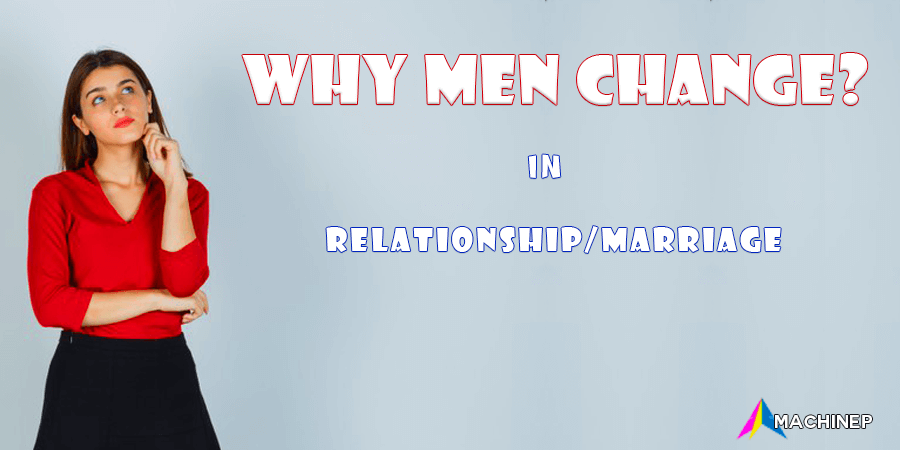The term “Abortion” is derived from the Latin infinitive “aboriri” which means “to perish”. Literally, it means the loss of foetal life. In general, abortion refers to any untimely delivery or destruction of the foetus in the womb. To put it in another way, it is the expulsion of a non-viable foetus from the womb to destroy it.
The issues and discussions on the notion of abortion have been in existence over the years. While many argue for abortion, many others argue against it. Whatever the case, this article exposes a comprehensive meaning of abortion, types of abortion, different methods and ways of carrying out abortion, effects, and damages caused by abortion.
Abortion is simply the intentional termination of the life of a human being before it reaches the viable stage outside the mother’s uterus. In other words, it is the willful destruction of human life in female generative organs, from the time of conception to when safe delivery is possible.
The term abortion has traditionally meant the intentional expulsion of the pre-born child from the uterus before he or she has reached the age of viability (defined as the point after which the pre-born child can survive outside the womb with or without medical assistance).
Furthermore, “Abortion could simply be taken to be the termination of pregnancy or the expulsion of the Foetus from the womb before it is viable, that is before it can live outside the mother.”
6 Types of Abortion
Considering that abortion could occur both deliberately and unintentionally, it has been distinguished into two major types:
- Non-induced abortion (Spontaneous Abortion)
- Induced abortion (Procured Abortion)
- Therapeutic Abortion
- Criminal Abortion
- Direct Abortion
- Indirect Abortion
Thus, abortion can occur spontaneously or be artificially induced by chemical, surgical, or other means.
1. Non-Induced Abortion
In this type of abortion, pregnant women lose an embryo or foetus before the 20th week of pregnancy due to natural causes. Spontaneous abortion is unexpected and involuntary; that is, it is not intentional and can happen to the dismay of the pregnant woman. It is abortion due to accidental trauma or natural causes.
Since spontaneous abortion is not within man’s control, it is an “act of man” and therefore it is not a moral issue. It remains a cause of regret for the woman who feels she has lost the opportunity of having an expected child.
2. Induced Abortion
This form of abortion occurs when a pregnant woman deliberately, voluntarily, intentionally, willfully, or consciously removes or terminates her pregnancy for reasons that best suit her. People tend to use these reasons for a variety of reasons, such as rape, unwanted babies, incest, poverty, and psycho-disfunctioning.
Unlike spontaneous abortion, the woman does not feel sorrowful for the loss of an unexpected baby, and neither is she psychologically affected by the loss of the baby. Induced abortion is further sub-categorized into therapeutic (curative) abortion and criminal abortion.
3. Therapeutic Abortion
As the name suggests, this is simply the process of removing the foetus from the mother’s womb with human intervention, solely for the purpose of curing her illness. If a pregnant woman has cancer of the womb, she has the right to be cured, but removing the womb may lead to the child’s death.
4. Criminal Abortion
This is taken as an induced termination of pregnancy or evacuation of the human conception (foetus) from the womb through human intervention for any other intention but curative purposes. The reason could be to avoid the pain associated with childbearing, shame, lack of good maintenance, etc. Therefore, when abortion is brought about for social or other reasons but therapeutic, it is called criminal abortion.
Direct and Indirect Abortion
Abortion could be direct or indirect depending on whether it is just aimed at or only foreseen as a consequence of a lawful act.
5. Direct Abortion
In this context, the term refers to the conception of the human product before or after implantation in the uterus. There are two types of direct abortions: those intended for self-satisfaction and those intended for end-use. This is a deliberate attack on the life of an unborn child. In other words, it is a voluntary termination of pregnancy or conscious expulsion of the foetus from the womb before it can survive outside the mother’s womb.
6. Indirect Abortion
Indirect abortion, on the other hand, is the foreseen but merely permitted termination of pregnancy or evacuation of a foetus that cannot survive outside the womb. The evacuation is not intended or directly willed but a side effect of some legitimate procedure.
Different Methods and Ways of Carrying out Abortion
There are different methods and ways of carrying out an abortion, and they are:
- Dilation and Curettage Abortion
- Suction Abortion
- Dilation and Evacuation (D and E)
- Saline Abortion
- Prostaglandins Abortion
- Hysterectomy Abortion
- Self-Induced Abortion
1. Dilation and Curettage
D and C, as it is often called, is the use of a sharp curette (loop-shaped knife) to cut the conceptus or baby into pieces and evacuated through the cervix of the woman. This method involves a high possibility of infection.
2. Suction Abortion
This is called uterine aspiration. This method is usually used before the twelfth week of pregnancy. Here, the cervix of the mother is widened and a hollow tube with a suction machine (aspiration) is placed or slid into the uterus to rip up the baby and then suction off; that is, empty the pieces into a vessel. This does not require the use of a sharp curette, and so it is an improvement on the D and C. However, there is still a likelihood of infection.
3. Dilation and Evacuation (D and E)
This method is used between the first and eighteenth weeks of pregnancy. The instrument has “grasping forceps” and it is inserted into the uterus (womb) to chop the foetus into pieces. This method is usually associated with much pain because the fetus’ bones, which are chopped up, are already calcified. In the process, the mother’s womb may be seriously affected or damaged.
4. Saline Abortion
This method is carried out after the twelfth week of pregnancy. Here, a needle is inserted through the abdominal wall into the amniotic sac where the foetus is planted. The needed contained a saline solution which the foetus swallows and causes it to die within two hours of dehydration and hemorrhage. Within 24 hours the woman goes into labor and delivers a dead foetus. This method may result in complications and causes psychological problems for the woman.
5. Prostaglandins Abortion
This method is similar to saline abortion. Like the saline abortion, it is performed in later pregnancies usually between 3-6 weeks. The procedure is that a physician will inject prostaglandin hormones for natural birth and saline injection into the amniotic sac where the conceptus is floating, resulting in premature delivery and death of the baby.
6. Hysterectomy
This procedure is performed after the twelfth week of pregnancy involving a cesarean section. It is carried out usually when saline abortion and prostaglandins have proven abortive. An incision is made in the abdominal wall to enable the physician to block the umbilical cord, thus resulting in the death of the foetus, which is removed via the incision and the incision is closed back.
7. Self-Induced Abortion
This form of abortion is carried out with little or no proper medical supervision. In most cases, it is secretly carried out by the woman; especially young girls who patronize roadside chemists or pharmacy stores to buy abortion pills, and some of these pills are swallowed while others are inserted into the body through the Vagina which actually terminates the life of the foetus.
Apart from these pills, many also swallow local herbs, take dry-gins, etc. This method can easily result in infections and hemorrhaging.
Complications may be very severe to cause both the death of the woman and the foetus. It is strongly not encouraged. It accounts for one of the strong reasons in support of the legalization of abortion.
Effects and Damages Caused by Abortion
The consequences that many people face after such an excruciating experience of abortion have an enormous impact on the human mind. Hence, some people have investigated the effects of abortion on people who committed it, and the effects and damages caused by abortion are as follows;
- There are increased chances of complications that can kill the woman during the process.
- It causes a psychological and traumatic effect on both the woman and the physician.
- It brings about torture, severe pain, and injury, which may become a regular experience or occurrence for the mother. For example, the twisting and dissecting of the woman’s organ lead to unimaginable agony.
- There is a high risk of loss or damage to the womb, which results in the future.
- It increases the chances of future birth to be delivered by cesarean operation, especially hysterectomy.
- There is a high risk of infection (HIV/AIDS) and hemorrhaging.





